How To Choose A Putter: Finding A Flatstick Perfect For Your Game
Putter enthusiast Sam De'Ath shares his expertise on how to find the right model for you on the greens
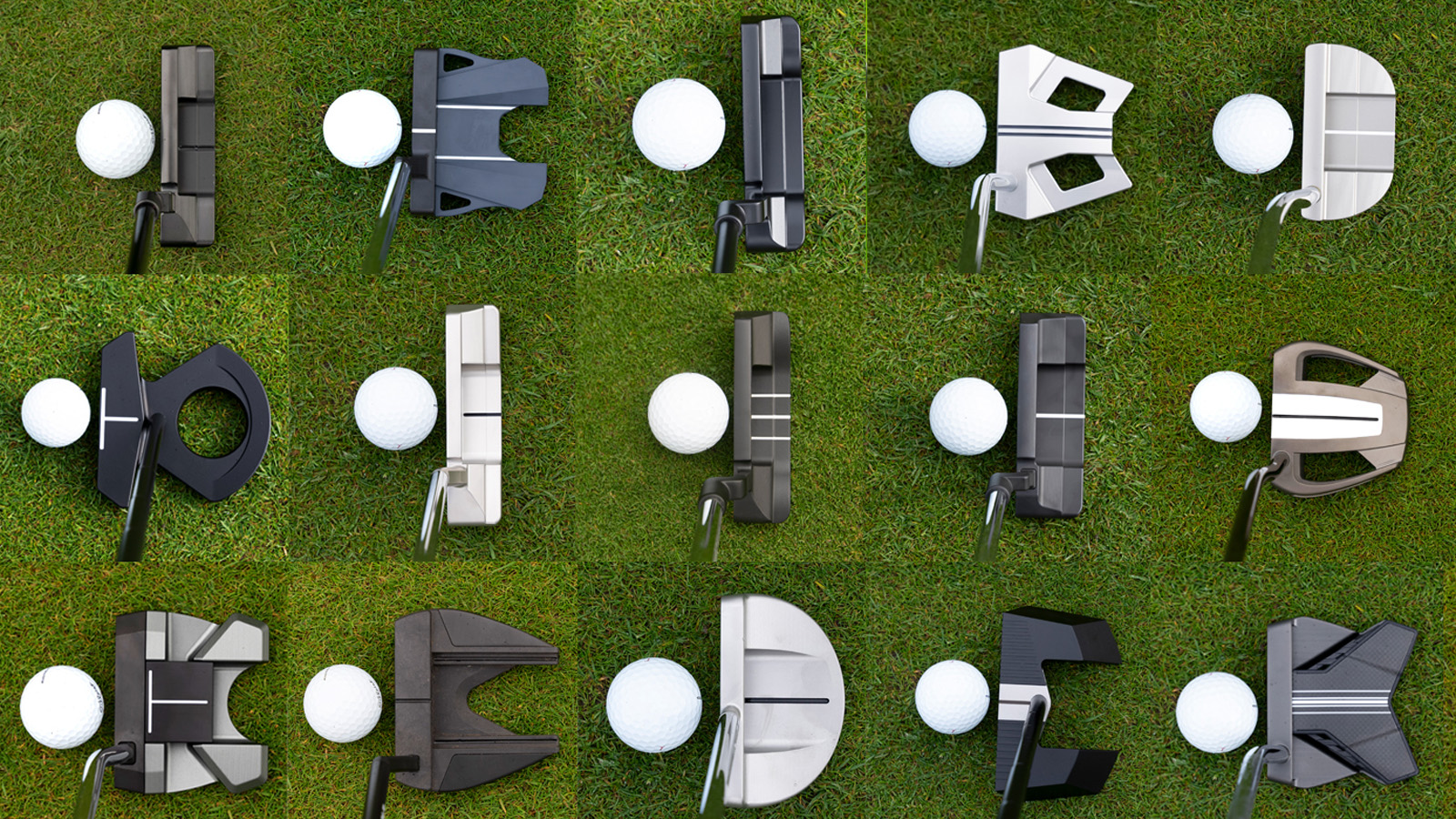

How To Choose A Putter: Are You Using The Right Flat-Stick?
Whether you are buying your first-ever putter or adding another one to an ever-growing collection, choosing the right putter is an important decision to get right if you want to shoot better scores. There are many different brands and models among some of the best putters on the market and so choosing the right one for you can be fairly challenging if you don't know exactly what to look for.
Putting makes up roughly 50 percent of the shots we hit during a round of golf so if you want to start lowering your scores, improving your putting and doing so with the help of the correct putter is a good place to start. Below is some key information on things to look out for when you're trying to decide which shiny new putter may be right for you.
WATCH: Best Putters 2024
How To Choose A Putter
Feel
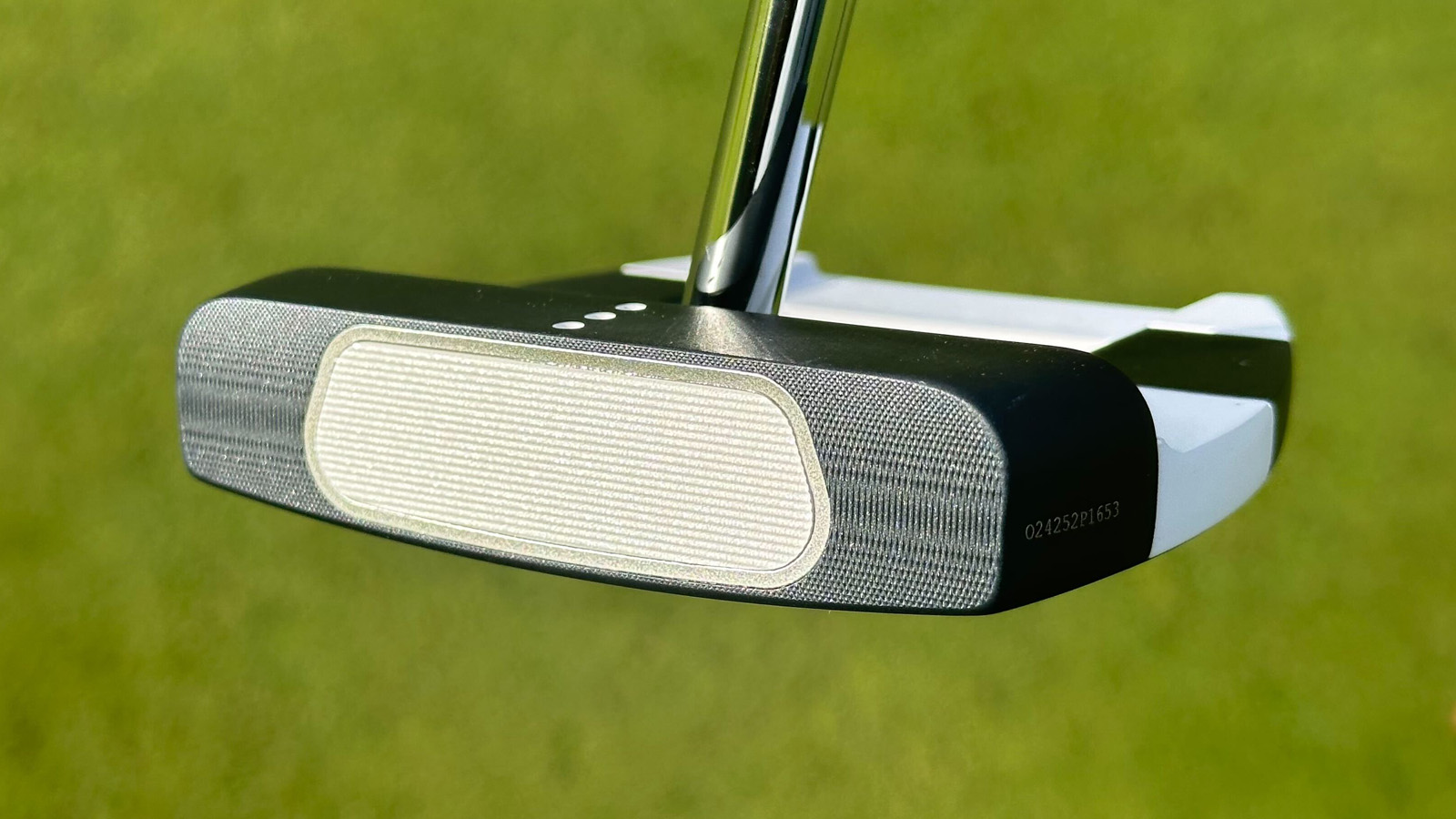
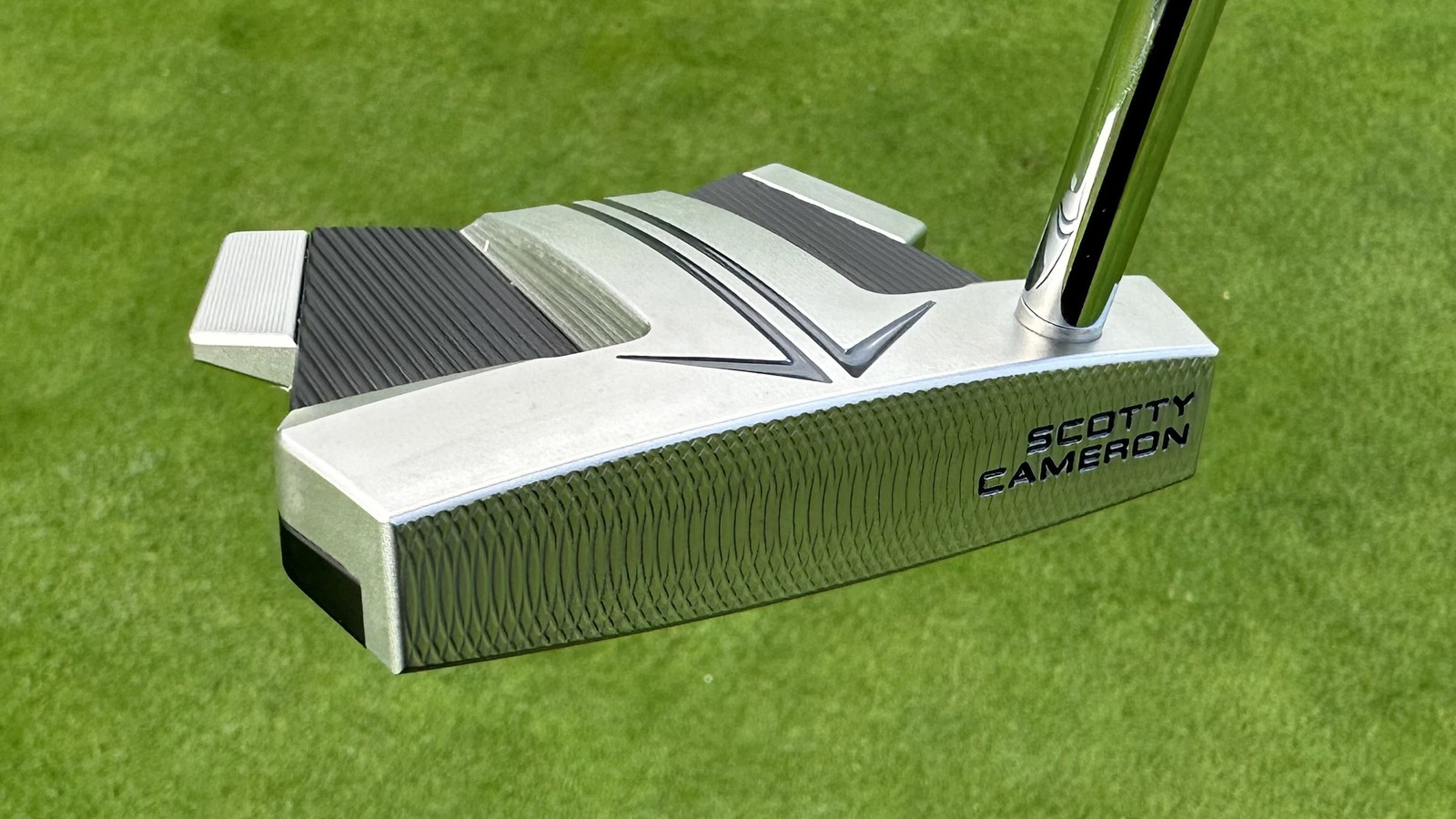
While I'll touch upon different head shapes and neck designs later, the feel of a putter is probably one of the most understated points when it comes to choosing which one deserves a place in your bag. A lot of golfers make the mistake of choosing a putter purely based on looks but how the putter feels off the face is a fairly large deciding factor on whether you're likely to get on with it or not.
Some milled putters such as Scotty Cameron putters offer a slightly firmer feel, while putters with an insert such as the Odyssey Ai-One range will typically provide a softer sensation at impact. Something to consider would be the pace of the greens you typically play on - do they normally run fairly fast or slow?
If you typically putt on slow greens, a firmer feeling face will suit you more whereas if you putt on ultra-fast greens a softer feel will work more efficiently and help you control distance. In your putter research, read what the manufacturers say about the feel the putter provides and try to marry up the firmness or softness of the face with the types of greens you play on most regularly. Get this right and you’ll have a putter that provides you with the exact feel you like that will also work best on the greens you play on most often.
Get the Golf Monthly Newsletter
Subscribe to the Golf Monthly newsletter to stay up to date with all the latest tour news, equipment news, reviews, head-to-heads and buyer’s guides from our team of experienced experts.
Another thing to think about is the golf ball you typically play. If you normally use a firm, distance orientated golf ball, this will arguably marry up well with a softer-feeling putter and vice versa if you use a softer-feeling golf ball.
Looks
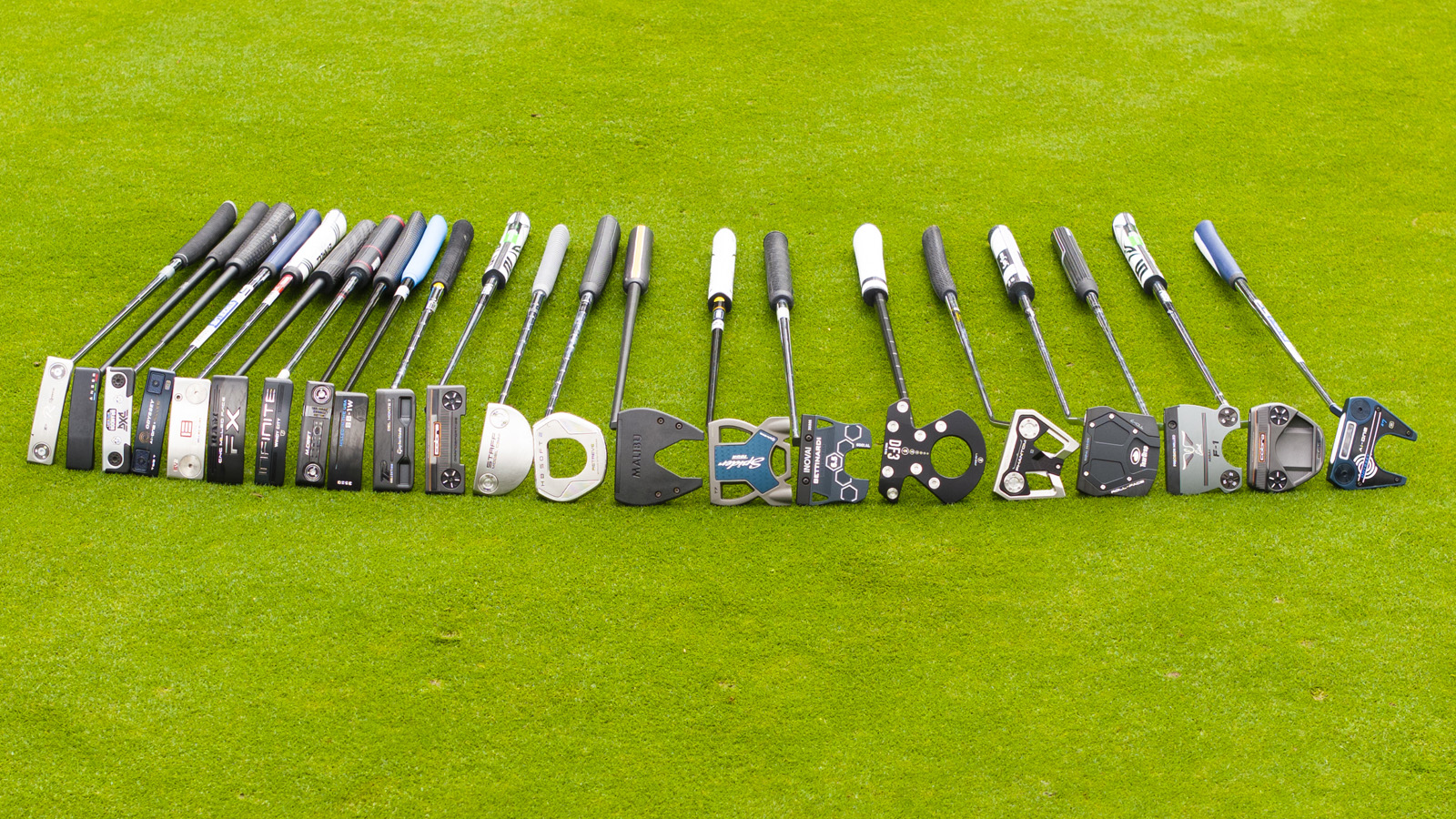
This display of putters shows the difference in heads between blade and mallet putters
As much as feel has an influence on your relationship with that putter, so does the looks. In fact, before you've even hit the club, you'll likely have to like the look of the head in order to hit a good putt. A putter that suits your eye at address will inspire confidence and I probably don't need to tell you how important that is!
Manufacturers like TaylorMade and Odyssey are aware of this and so have designed a wide range of looks to choose from and narrowing this down can be a tricky task. On one end of the spectrum, you have very large mallets with a myriad of alignment aids to help you line up putts more accurately.

There are many different shapes of putters ranging from blades to mid-mallets to full mallets
These mallets are often more forgiving too thanks to their high MOI and lower and stretched back center of gravity. This provides more leeway on strike and helps the ball roll similarly on mishits as it would when hit from the middle of the face. Our guide on the most forgiving putters is exclusively made up of mallet designs, so definitely look for a mallet style if you're a higher handicap golfer or seeking a little more assistance on the greens.
At the other end of the spectrum you’ve got more traditional blade putters that are aimed at the golfer who wants to control their putts through the feel of pace. While many of the best putters on the PGA Tour have now switched to mallet putters. Tiger Woods and Jordan Speith are two players who almost exclusively have used a blade putter. Working out where you sit on this spectrum will help narrow down your search and also give you the right look and feel on the greens.
Price and Budget

Scotty Cameron putters represent the more expensive end of the putter market
With so many models on offer, there is naturally a great disparity between the cheapest and most expensive putters on the market. A lot of this variance in price comes down the technology and tools used to make these putters. Some companies use machines that cost upwards of $500k in order to produce stunning, precision milled putters and so the retail price rises up towards the top end of the scale.
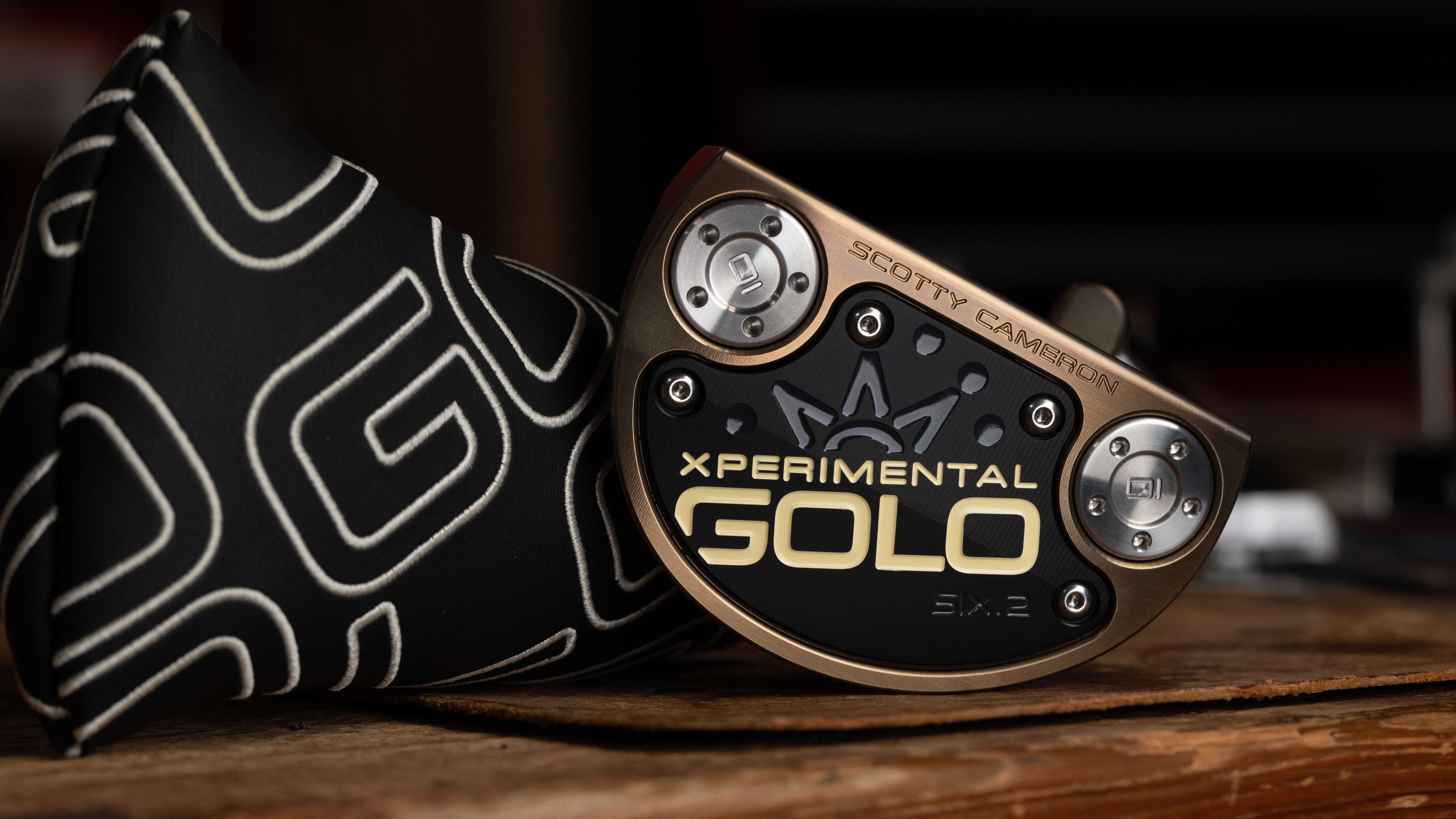
Scotty Cameron's Limited release putters are often priced close to $1,000
There are a lot of hours spent designing putters in order to achieve the premium aesthetic desired by golfers and the craftsmanship and skill it takes in order to build them to a high standard. Scotty Cameron putters are known as some of the more expensive putters available at retail, hovering around the $450 mark with some of their limited run putters and Tour Only offerings venturing well into the thousands. While the base price of putters has increased over recent years, I urge you to go and test putters or get custom fitted as it certainly won't always be the case that the most expensive putter is the right one for you.
Arc Strength and Stroke Path
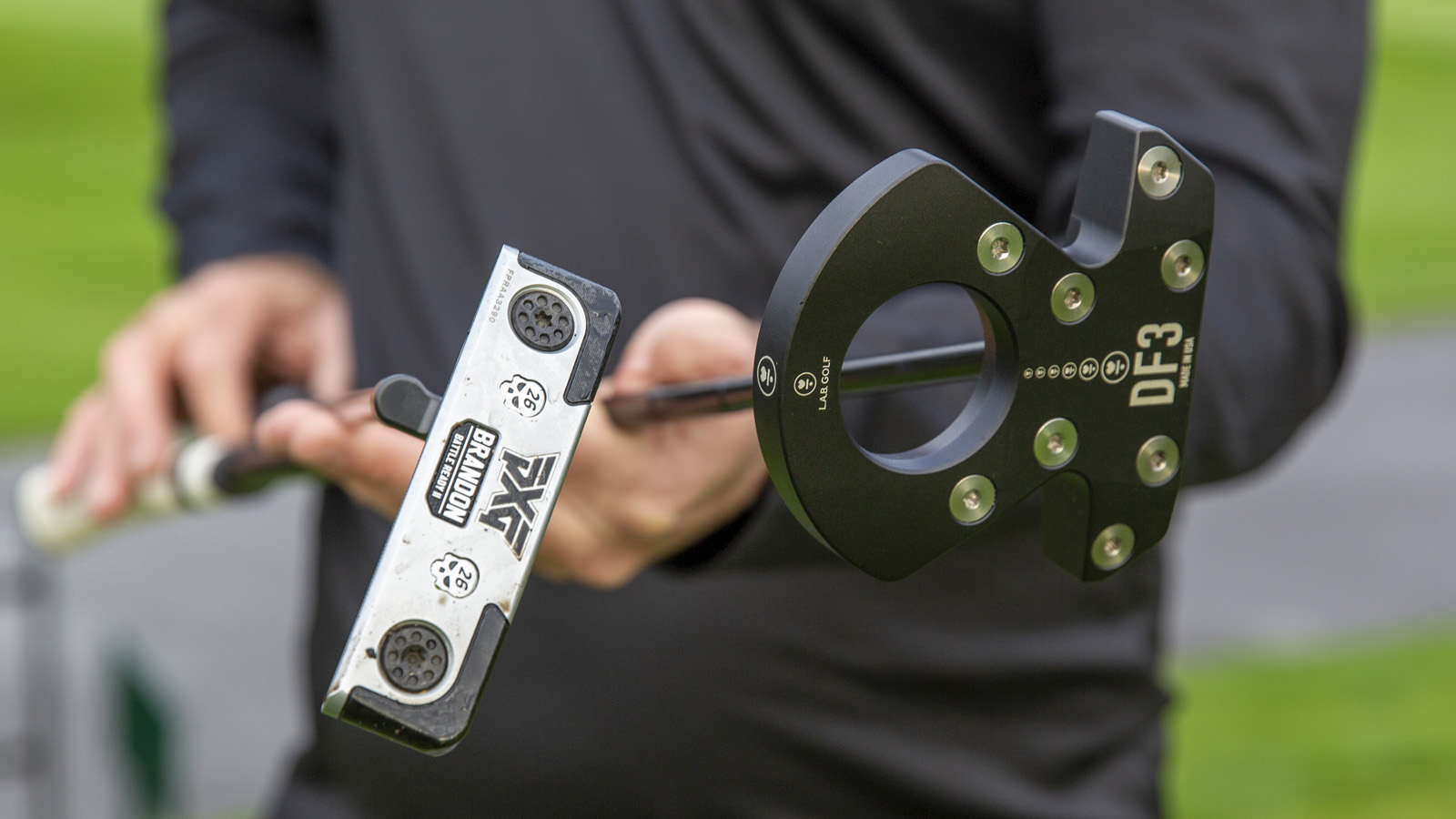
On the left, a putter with a toe hang. On the right, a L.A.B. Golf putter which is Lie Angled Balanced
As with the golf swing, a golfer's putting stroke is very individual and will vary from person to person. Some golfers will putt with a fairly strong arc where the putter head travels back and through inside the ball to target line and others will take the putter back and through with much less arc.
A face-balanced putter is said to be better for the players who have a straight back and through stroke. For the players who have the stronger arc, a putter with a toe hang will be much more suited to your stroke. So, do a bit of research on your own putting stroke and then pair that with the putter that has the right balance to support this stroke on the greens.
Depending on how much arc you typically have in your stroke and how much you open and close the putter face, you will want a specific hosel to help do this. Traditionally, putters with a plumbers neck or 'L' neck would be seen to be best suited for players that have a strong arc and have maximum face rotation.
For golfers who have a small arc in their stroke, you would want to look more towards a double bend putter and for those slightly in between, a slant neck or flow neck would be suitable.

Over the past few years L.A.B. Golf has stirred up the market by introducing its Lie Angle Balance technology ,which has been designed to give their putters zero torque and therefore keep the face square to the path of the putter the whole way throughout the stroke. A lot of professionals have shown interest in these putters with many seeing success on the PGA Tour.
While L.A.B. Golf were certainly the pioneers of this technology there has been a recent wave of manufacturers releasing their own models with a similar design principle, such as the Odyssey Square 2 Square putters and PXG Allan putter.
Length
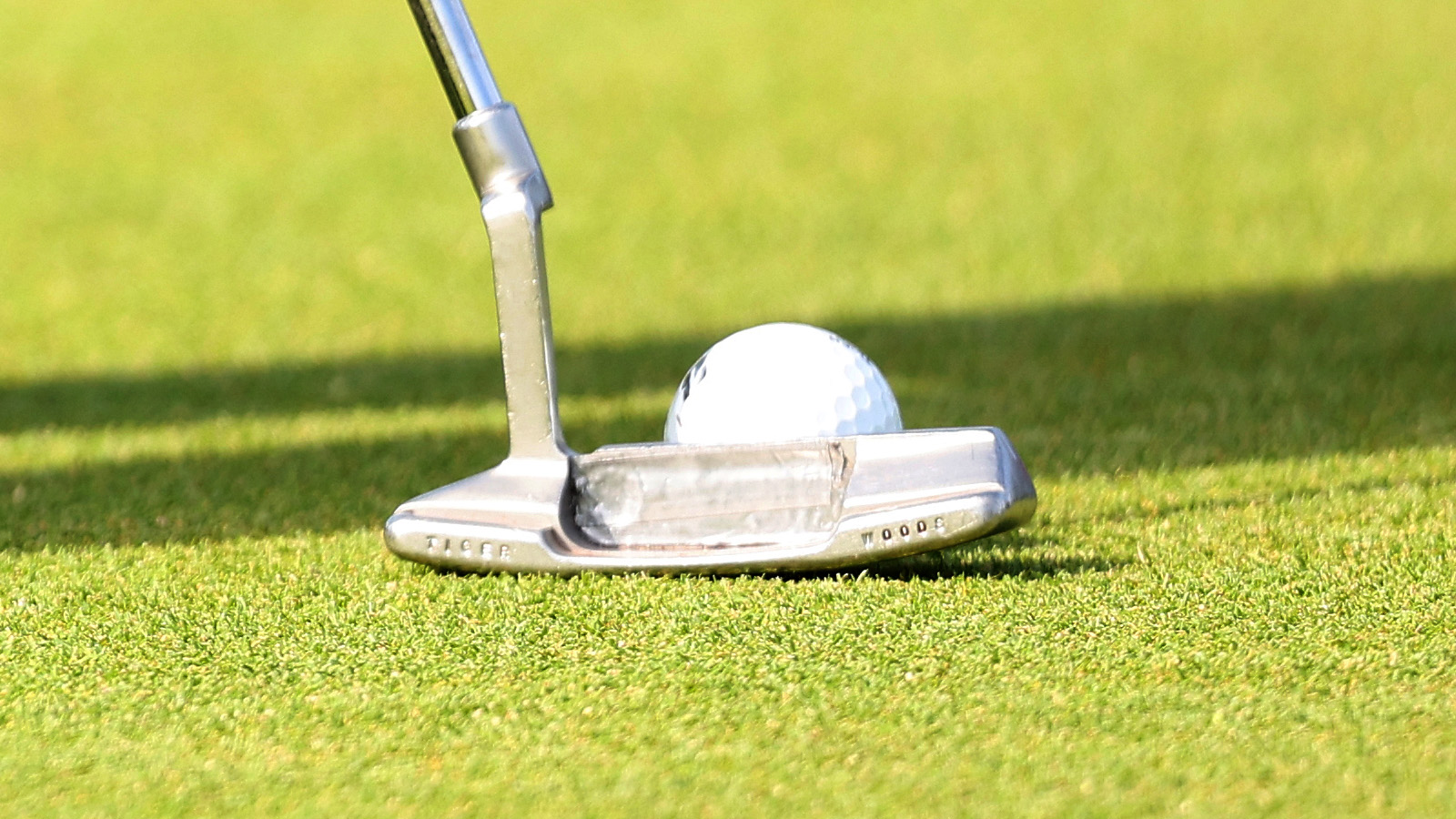
Tiger woods for the most part has always putted with the toe of the putter off the ground
Finding the right length putter will help you get the correct posture over a putt and make sure your eyes are nicely positioned directly over the top of the ball at address. Setting up correctly and getting the fundamentals spot on are important when it comes to putting and by doing this, you'll give yourself the best chance at making more putts.
Like with any area of equipment, getting a putter fitting from a PGA Professional or custom fitting center is the best way to understand what length and lie angle on a putter is best for you. As standard, most putters will be available in lengths of 33, 34 and 35 inches with other lengths available as custom options.
While it's hard to give a generic recommendation as to what length putter someone should be using, a 34-inch putter length will suit those golfers of an average height - between 5ft 7" and 6ft. If you’re a little shorter or taller than this you can go down or up an inch accordingly. Getting this decision right will give you a consistent and correct posture over the ball and allow you to see the lines of putts better when standing over the ball.
Getting the right length and lie on a putter will give it the best chance at sitting flush to the ground at address and therefore strike putts more consistently. However, this is something that should be taken with a pinch of salt as some of the best players ever such as Tiger Woods has always putted with the toe of his putter slightly lifted off the ground. Needless to say it hasn't worked out too badly for him.

Sam has worked in the golf industry for 14 years, offering advice on equipment to all levels of golfers. Sam heads up any content around fairway woods, hybrids, wedges, putters and golf balls but also writes about other equipment from time to time.Sam graduated from Webber International University in 2017 with a BSc Marketing Management degree while playing collegiate golf. His experience of playing professionally on both the EuroPro Tour and Clutch Pro Tour, alongside his golf retail history, means Sam has extensive knowledge of golf equipment and what works for different types of golfer.
Sam’s current What’s In The Bag?
Driver: TaylorMade Qi35 9°
Fairway Woods: TaylorMade Qi35 15°, Srixon ZXi 18°
Irons: TaylorMade CB (6-PW) P770 (4-5)
Wedges: Titleist Vokey SM10, 50°, 54°, 60°
Putter: Kevin Burns 9307
Ball: Titleist Pro V1x
-
 How Many Majors Will Masters Champion Rory McIlroy Win In His Career... And Which Is Next?
How Many Majors Will Masters Champion Rory McIlroy Win In His Career... And Which Is Next?Rory McIlroy completed the Career Grand Slam in dramatic fashion at The Masters, but how many Majors could he go on to win in his career (and which comes next)?
By Barry Plummer Published
-
 'You Can't Win Them All If You Don't Win The First' - McIlroy Grand Slam Odds Shorten After Masters Victory
'You Can't Win Them All If You Don't Win The First' - McIlroy Grand Slam Odds Shorten After Masters VictoryMcIlroy completed the Career Grand Slam after winning The Masters, with his odds of claiming the Grand Slam in 2025 slashed after his Green Jacket victory
By Matt Cradock Published
-
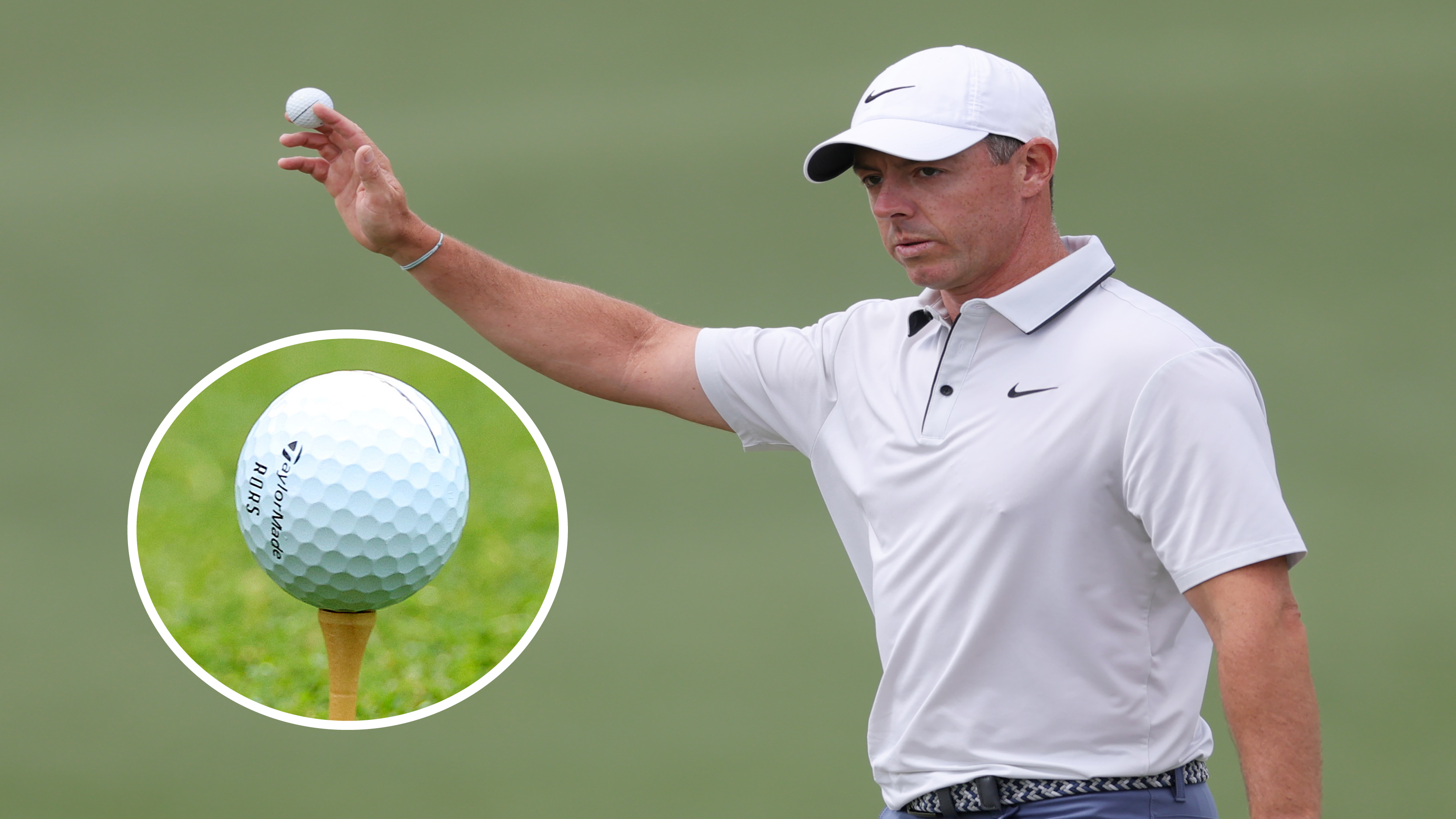 Could This 'Stumbled Upon' Equipment Switch Finally Land Rory McIlroy the Grand Slam?
Could This 'Stumbled Upon' Equipment Switch Finally Land Rory McIlroy the Grand Slam?Rory McIlroy made a golf ball change earlier this season that has reignited his wedge play and it could be about to pay off in the most dramatic possible way…
By Joe Ferguson Published
-
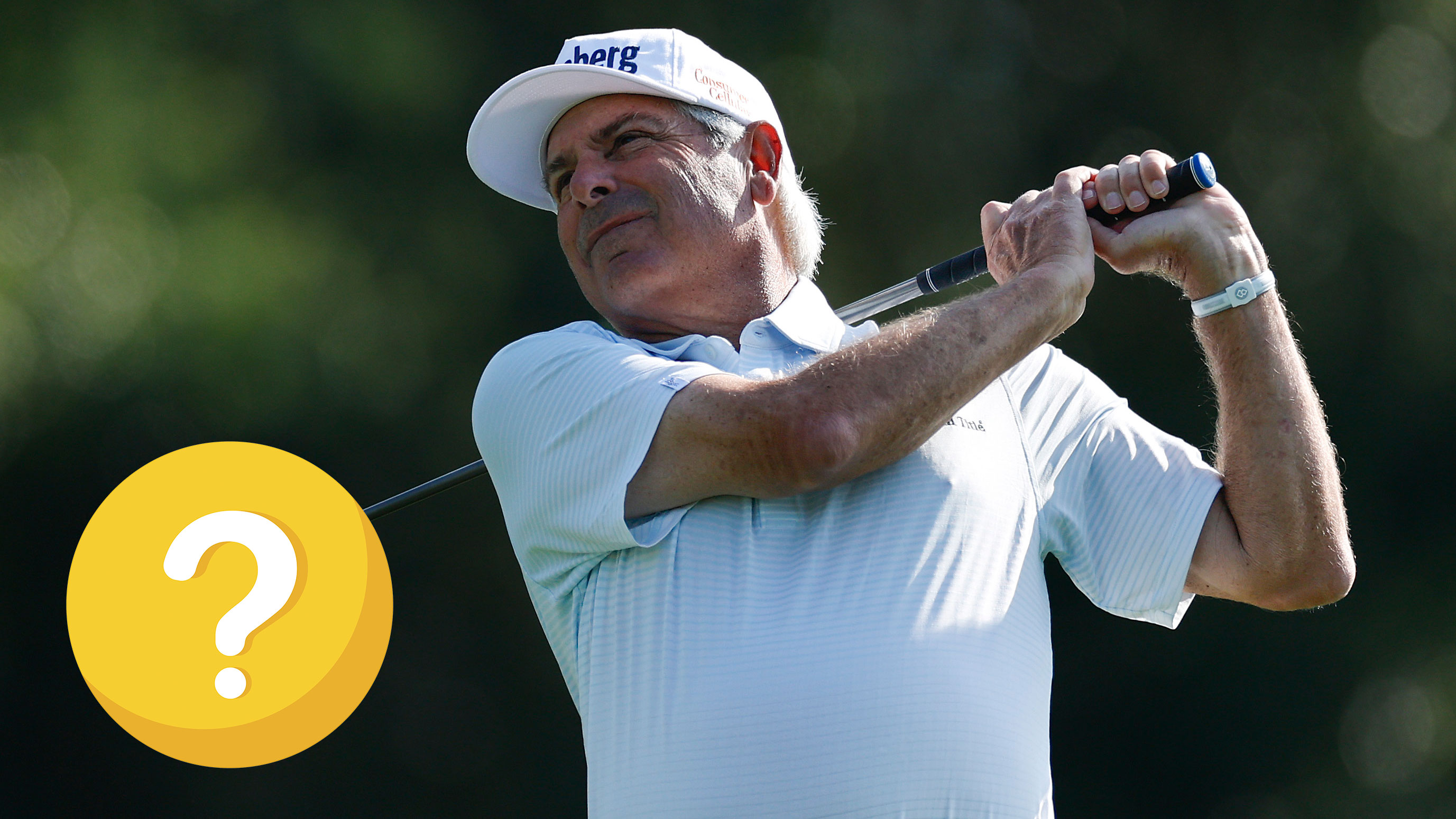 Real Players Use Long Irons, Right? Well, Fred Couples Nearly Made The Cut At The Masters At 65 Years Old, And His Longest Iron Is A…
Real Players Use Long Irons, Right? Well, Fred Couples Nearly Made The Cut At The Masters At 65 Years Old, And His Longest Iron Is A…Both Couples and Bernhard Langer turned back the clock brilliantly over the first two days at Augusta National and did so with some interesting bag setups.
By Joe Ferguson Published
-
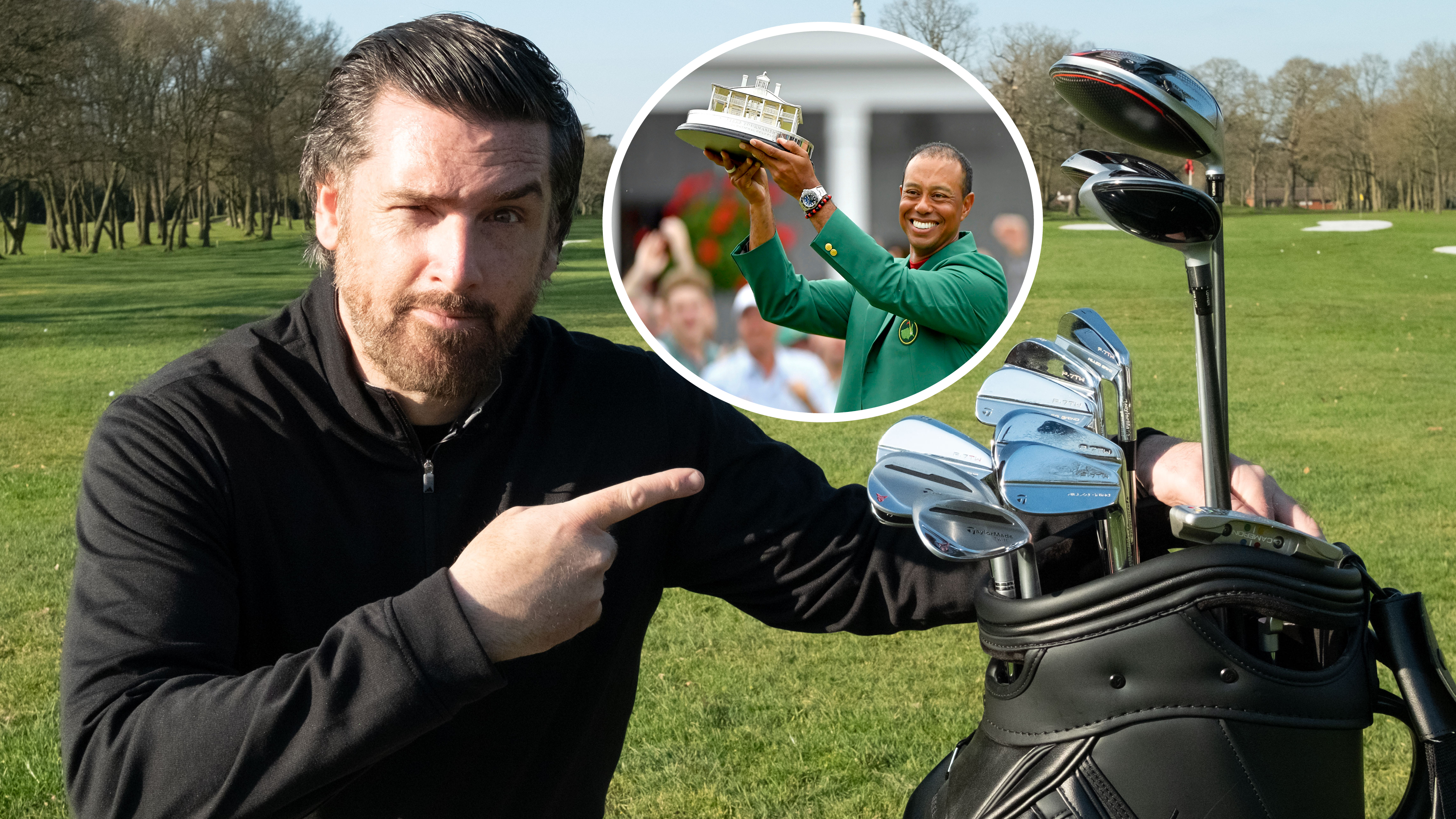 I Built Tiger Woods’ 2019 Masters Winning Bag From The Second-Hand Market!
I Built Tiger Woods’ 2019 Masters Winning Bag From The Second-Hand Market!PGA Professional Joe Ferguson has been taking a deep dive into Tiger’s bag for arguably the greatest victory of his career…
By Joe Ferguson Published
-
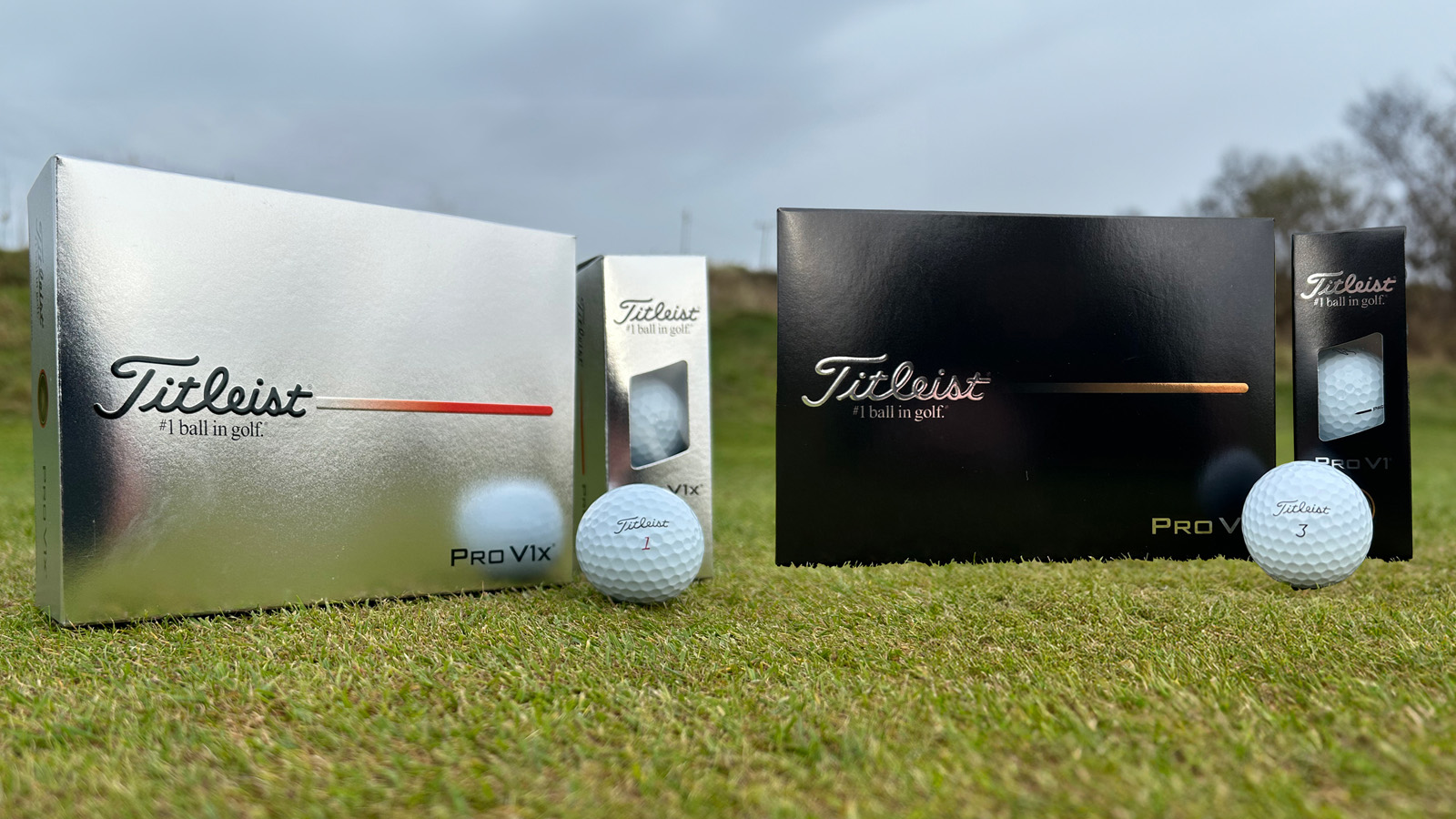 How Titleist 'Used Every Tool In The Toolbox' To Enhance The New Pro V1 And Pro V1x Golf Balls
How Titleist 'Used Every Tool In The Toolbox' To Enhance The New Pro V1 And Pro V1x Golf BallsAfter months of testing and tour validation the new Titleist Pro V1 and Pro V1x golf balls are set to launch, but what's new? We explain all
By Sam De'Ath Published
-
 How The New Cobra DS-ADAPT Range Looks To Have Changed Driver Fitting Forever
How The New Cobra DS-ADAPT Range Looks To Have Changed Driver Fitting ForeverWith a revolutionary hosel design and refined aerodynamics, the Cobra DS-ADAPT may just become the standout driver in 2025
By Sam De'Ath Published
-
 £39 Vs £169 Wedge Test... Surprising Results!
£39 Vs £169 Wedge Test... Surprising Results!In his latest Retro Review, Joe Ferguson sees if the original Vokey wedge picked up for just £39 can compete with the modern equivalent four times the price
By Joe Ferguson Published
-
 7 Useful Golf Rangefinder Features You Never Knew About
7 Useful Golf Rangefinder Features You Never Knew AboutThink you know everything a rangefinder can do? Think again. We've got seven of the best features currently available on the best modern rangefinders
By Dan Parker Published
-
 Do Putting Mats Help Improve Your Putting?
Do Putting Mats Help Improve Your Putting?Former professional golfer Sam De’Ath sheds light on whether or not a home putting mat can help improve your performance on the greens
By Sam De'Ath Published